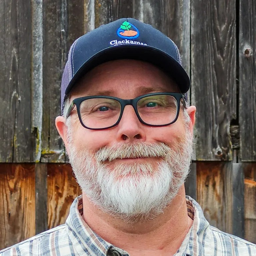Lesser Celandine (Ficaria verna) on Mar 20, 2013
Submitter does not have a specimen
EDRR Status: Local expert notified
Description of specimen
No description provided


Dear Mr. Pinker,
Thank you for submitting your report to the Oregon Invasive Species Hotline. Unfortunately, the cost to control weeds often exceed the resources available for this effort. As such, we must prioritize the species and areas we treat to maximize the benefits from our limited resources. Your report helps with this process, and allows us to plan future treatments as additional resources become available. So thank you for your report.
Lesser Celandine is certainly a difficult species to control, and requires specific control measures to effective. For more information, check out the Lesser celandine factsheet developed by the Four County Cooperative Weed Management Area. (http://cwmatest.files.wordpress.com/2012/11/celandine.pdf)
There are organizations working in this area to control invasives. SOLVE is an organization actively controlling invasive species as well as working to restore natural areas and open spaces. Check their website for volunteer opportunities going on throughout the state (http://www.solv.org/get-involved/event-registration).
Once again thank you for your time and effort in reporting this species.
Sam
______________________________________
Samuel Leininger
WeedWise Program Manager
Clackamas Soil & Water Conservation District
221 Molalla Ave. Suite 102
Oregon City, OR 97045
503-210-6006
sleininger@conservationdistrict.org
www.conservationdistrict.org
______________________________________
Samuel Leininger
March 26, 2013, 10:41 a.m.